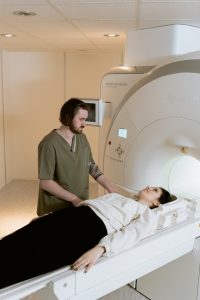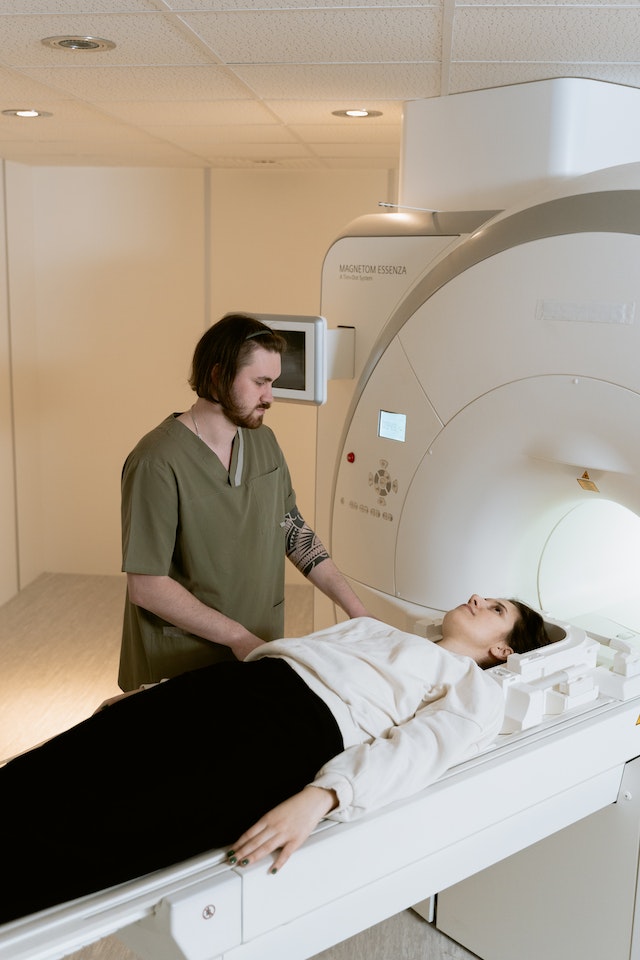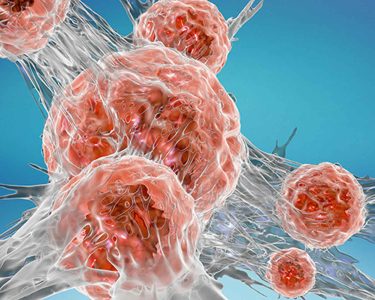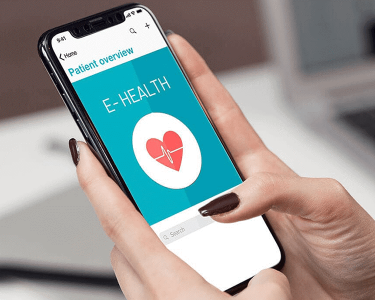Introduction: The significance of thoroughly examining the body
A detailed check-up is very important in healthcare because it helps doctors understand how healthy a person is. Checking everything carefully helps Thorough Physical Examination healthcare providers find health concerns, figure out if treatments are helping, and make sure patients receive the best care. Join us as we explore the art of performing a meticulous physical examination. We will cover the essential procedures, techniques, and critical factors required for attaining mastery in this important field of healthcare.
Preparing for Success: Setting the Stage for a Comprehensive Examination
A solid beginning is key before conducting a detailed physical examination. This involves creating a pleasant environment for the patient, giving them privacy, and gathering all required equipment and assessment tools. Being properly prepared enables healthcare providers to concentrate on the patient, establish rapport, and carry out a complete assessment.
Techniques and Assessment Tools: Main elements of a thorough body examination
A thorough physical examination involves utilizing various techniques and assessment tools to assess different body systems. These can include looking, touching, tapping, and listening. Additionally, medical practitioners employ specialized evaluation equipment including stethoscopes, ophthalmoscopes, and reflex hammers to gather more distinct information about the patient’s state of health.
Healthcare providers can improve their ability to find problems and understand potential health issues by learning and using assessment tools.
Navigating the Examination Process: A Comprehensive Evaluation Made Simple: Follow These Steps for Success

Performing a comprehensive physical examination requires an orderly and systematic method. Here is a step-by-step guide to help healthcare providers navigate the examination process effectively:
General Observation: When you begin, make sure to notice how the patient appears, behaves, and maintains their hygiene. Take note of any noticeable indications of distress or abnormalities.
Vital Signs: Assess critical indicators like blood pressure, heartbeat speed, breathing count, and body warmth. These yield essential baseline facts about the patient’s physiological status.
Systematic Evaluation: Proceed to assess each body system methodically. One might examine the heart,lungs,stomach,bones,and brain as well as other body parts. Employ appropriate techniques and assessment tools specific to each system.
Patient Interaction: Throughout the examination, maintain open communication with the patient. Explain the procedures, ask relevant questions, and actively listen to the patient’s concerns. Having this discussion helps create trust, offers useful details, and guarantees that the patient feels acknowledged and part of their own healthcare.
Mastering the Art: Polishing Your Abilities for a Productive Physical Assessment
Learning how to do a complete physical assessment takes practice and always trying to get better. Here are some tips to enhance your abilities:
Continuing Education: Stay current with the most recent medical knowledge, guidelines, and advancements in conducting physical examinations. Join conferences, workshops and stay committed to continuous learning.
Practice and Feedback: Regularly practice your examination skills, seeking feedback from experienced colleagues or mentors. This lets you analyze yourself and make adjustments to things that need improvement.
Collaboration and Peer Learning: Have conversations with fellow healthcare professionals to gain insights from their experiences, exchange ideas, and increase what you know.
Reflective Practice: Take time to reflect on your own practice, identifying areas of strength and areas for improvement. When you regularly assess yourself, your exam abilities and the level of care for patients can both get better.
Conclusion
Healthcare providers need to be really good at doing thorough physical examinations. With a organized approach, proper techniques, and assessment tools, along with practicing and improving your skills regularly, you can guarantee a complete evaluation for precise diagnosis and the best care for the patient. A thorough physical examination serves as the foundation for effective treatment planning, ongoing monitoring, and promoting overall patient well-being. Welcome the art of conducting physical examinations and boost your capacity to deliver exceptional healthcare to individuals who require assistance.




